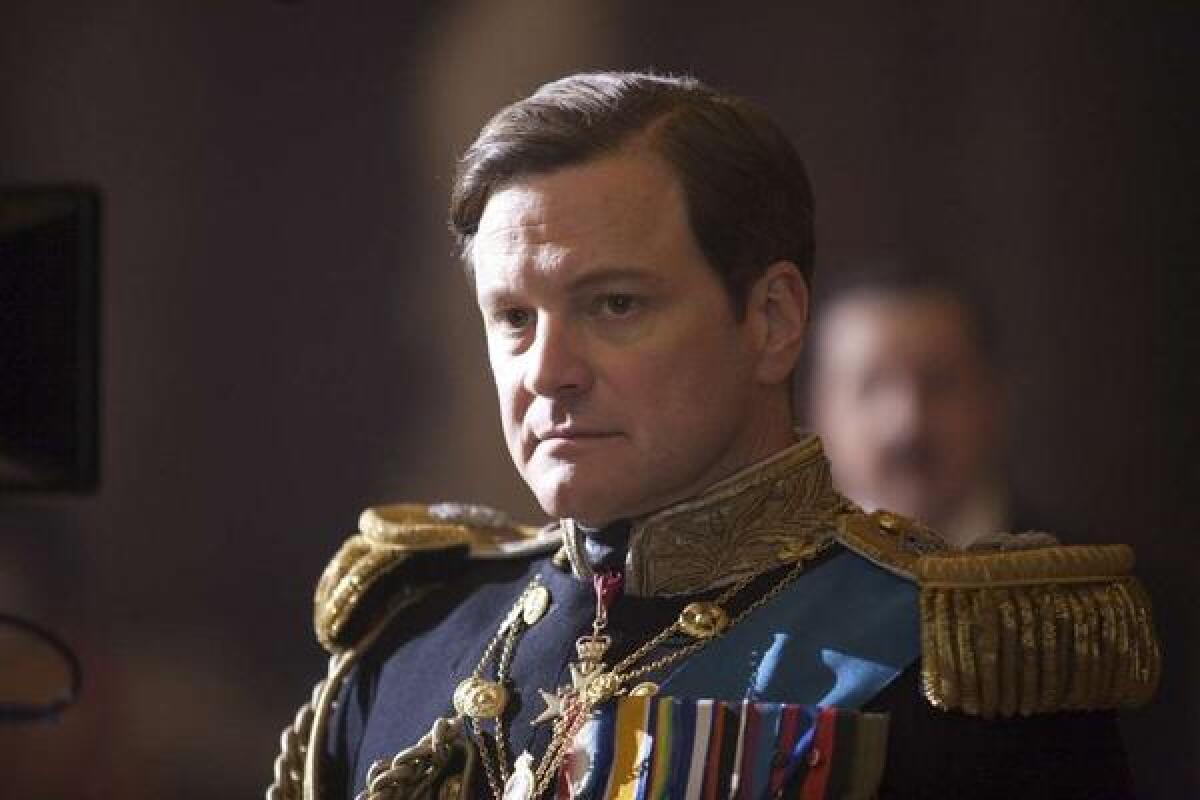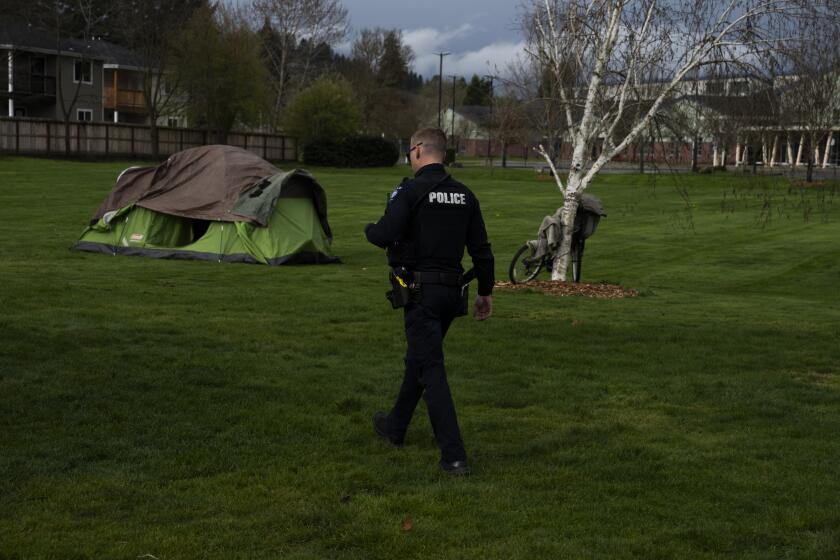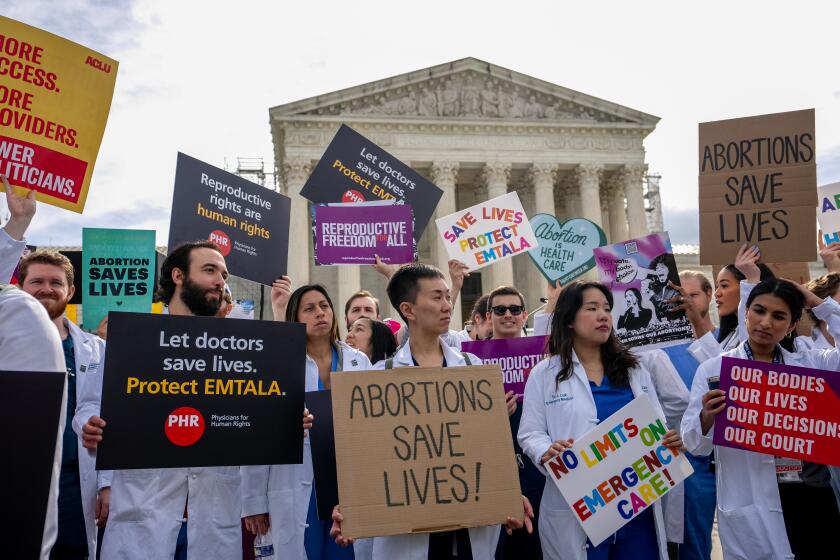That PG-13 rating: It’s a killer

The same day this week that French filmmaker Agnes Varda was being feted by the AFI Fest in her November visit to L.A., there was other movie news in the news.
Varda is a cinema ground-breaker, a feminist and artist who was one wave ahead of the New Wave film movement. At the brunch for her at the French consul general’s home in Beverly Hills, Varda by happenstance sought out the spot where I was sitting — it was the shade, not me, that drew her — for the few moments that her admirers gave her to have something to eat.
She is 85 and looks exactly like what she is, the most engaging person on the premises, with her witty socks, bright Bakelite necklace and her trademark Jeanne d’Arc bowl haircut, now half-auburn and half-gray, as if she’d decided what the hell, let the dye job grow out.
Varda has broken ground with 50 years of films, including the still-stunning 1962 “Cleo from 5 to 7,” about a restless, anxious woman killing a couple of hours while she waits for a possibly deadly diagnosis from her doctor.
And I don’t think anyone fired a gun in a single one of her movies.
I point that out because awaiting me at the office afterward was news of a forthcoming study in the journal Pediatrics that found that there’s more gun violence in popular PG-13 movies than in R-rated movies, and that the violence in those box-office movies has more than doubled in less than a lifetime.
It’s the work of Brad J. Bushman at Ohio State University and the Annenberg Public Policy Center’s Patrick E. Jamieson, Ilana Weitz and Daniel Romer.
To Romer, the import is obvious: “We treat sex as R; we should treat extreme gun violence as R.”
The MPAA rating system, which parents have relied on since 1985 to help them choose films for their kids, has evidently been more on the qui vive for sex than for violence, which may go some way to explain why, as Romer points out, sexual content sets off the R-rating alarm but death and mayhem can get a bit of a pass, along with the benefit of the bigger audiences that a PG-13 rating allows.
A kind of “ratings creep” appears to be at work. Like Janet Jackson’s Super Bowl breast flash versus a daily prime-time TV body count, movies with sexual content are a surer bet to bring out the autopilot protests than movies with a lot of violence.
Vigilance about any perceived sexual content — or even content that is not sexual but still verboten — looks like it can get a little out of hand. “The King’s Speech,” a movie in which no one, as I remember, showed any skin above the elbows or the knees, was still given an R rating; the stammering George VI used the “F-word” therapeutically, not sexually, but still too often to qualify for a PG-13 rating, never mind the context.
“True Grit,” which came out the same year, had some scenes so nauseatingly violent that they had me looking away, but it nonetheless was given a PG-13 rating.
So for my money — which is $4 off the first showing, when the popcorn is fresher — I’d like to show up at the cineplex one of these days soon to find a whole world of PG-13 movies with more foreplay and less gunplay.
ALSO:
Housing homeless vets in West L.A.
The cure for retailers ruining Thanksgiving: a federal blue law
Follow Patt Morrison on Twitter @pattmlatimes
More to Read
A cure for the common opinion
Get thought-provoking perspectives with our weekly newsletter.
You may occasionally receive promotional content from the Los Angeles Times.







